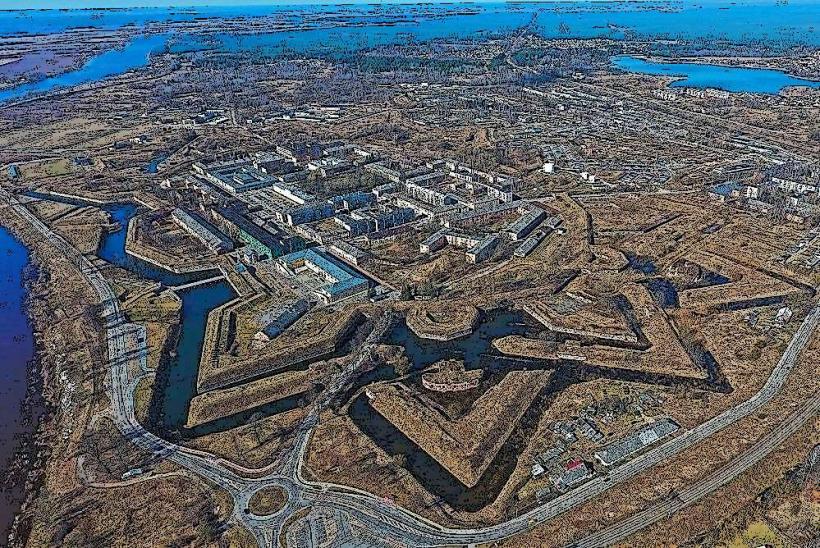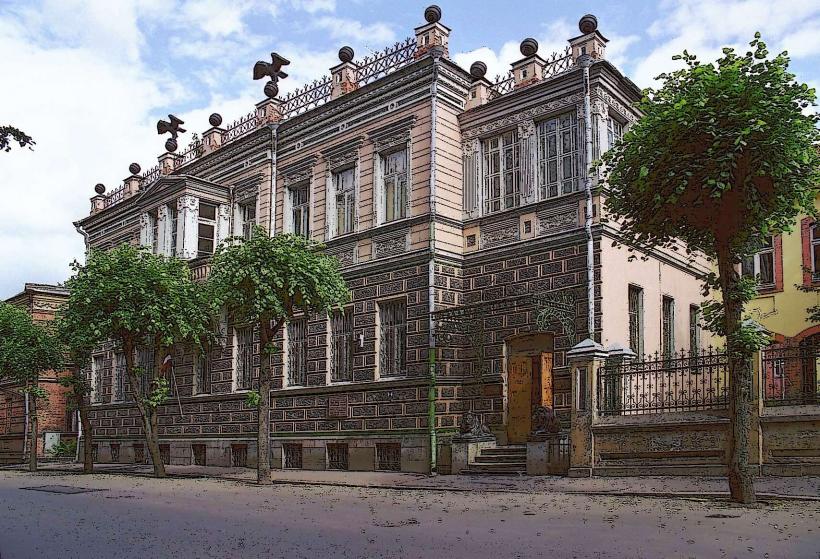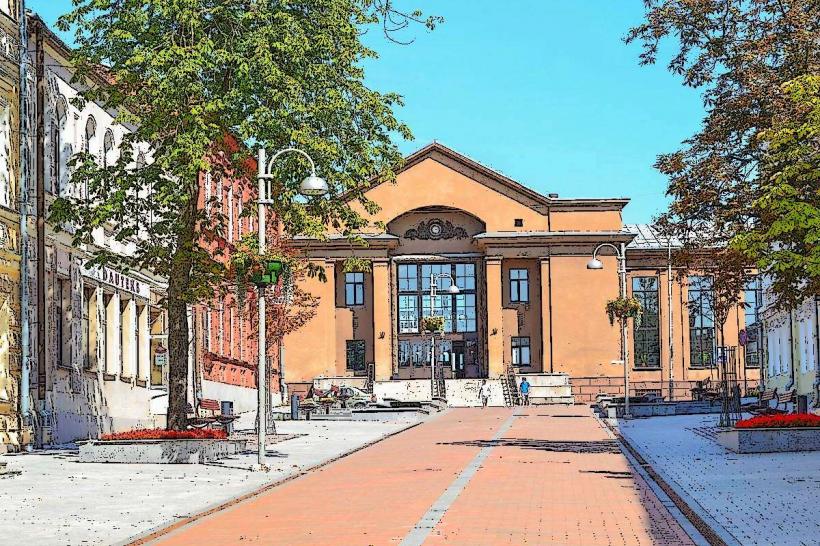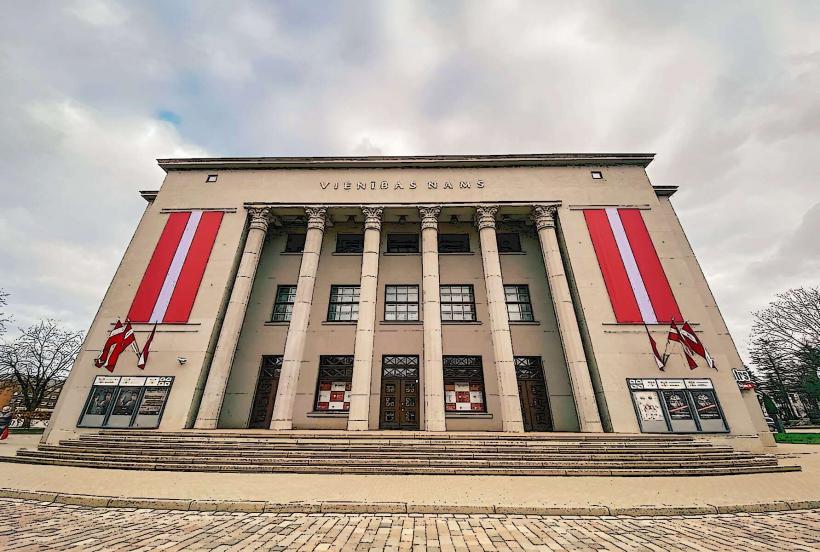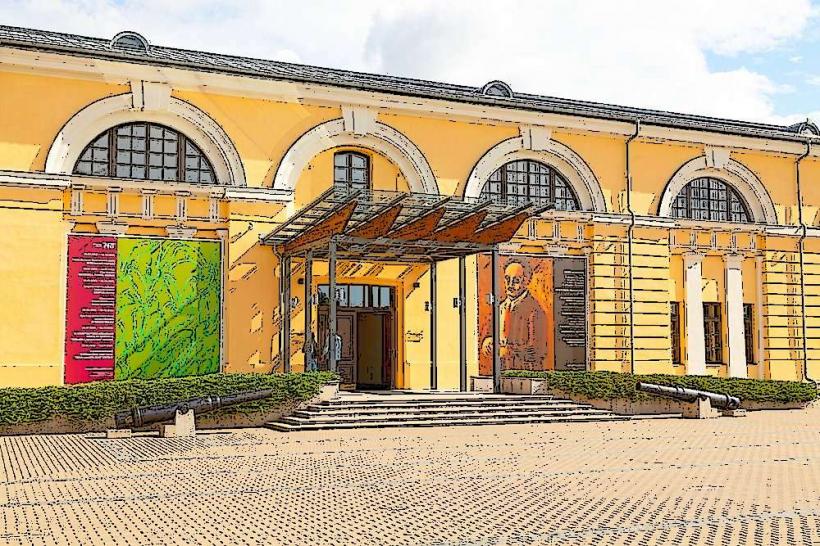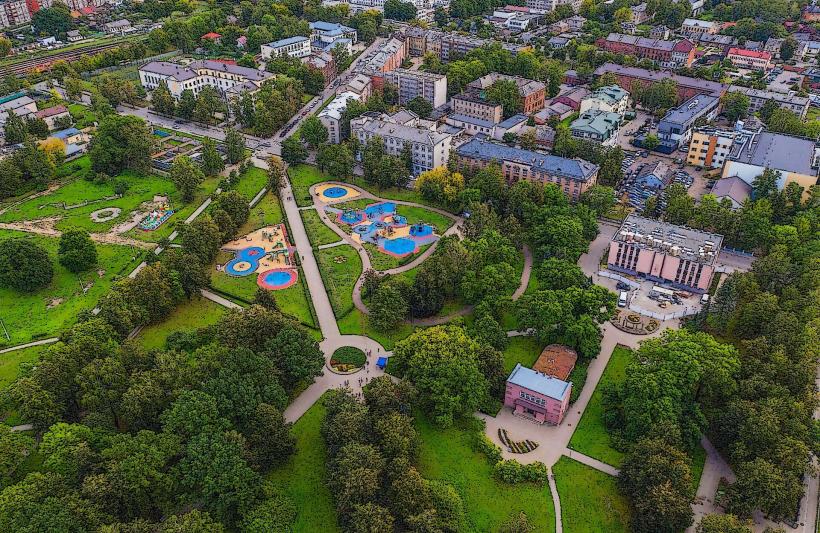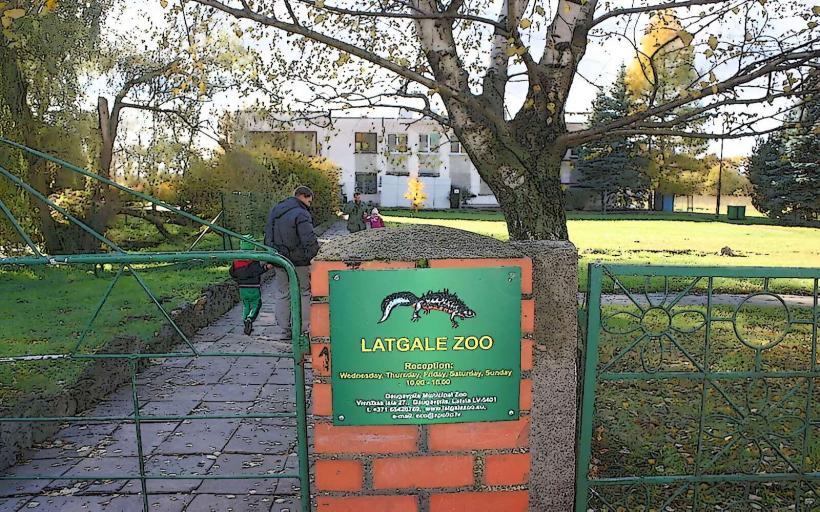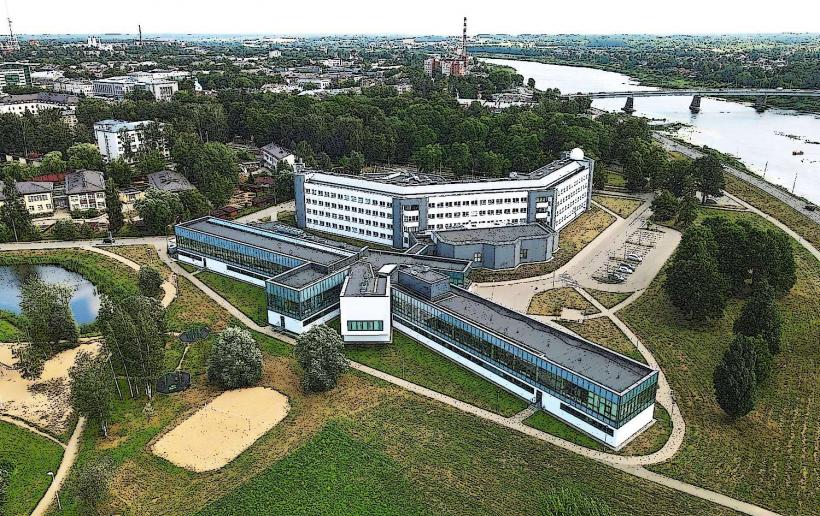Information
City: DaugavpilsCountry: Latvia
Continent: Europe
Daugavpils is the second-largest city in Latvia, located in the southeastern part of the country near the border with Lithuania and Belarus. Known for its cultural diversity, historical significance, and picturesque surroundings, Daugavpils offers visitors a unique glimpse into Latvia's history, blending Latvian, Russian, Polish, and Jewish cultural influences. It is situated on the Daugava River, which flows through the city, providing scenic views and recreational opportunities.
Geography and Setting
- Location: Daugavpils lies in the Latgale region of Latvia, a region historically known for its ethnic diversity. The city is situated about 230 kilometers (143 miles) southeast of Riga, the capital of Latvia, and around 20 kilometers (12 miles) from the border with Belarus.
- Climate: Daugavpils has a continental climate, with cold winters and warm summers. Winter temperatures often drop below 0°C (32°F), with significant snowfall, while summer temperatures range from 15°C to 25°C (59°F to 77°F), offering pleasant weather for outdoor activities.
History and Significance
- Early History: The area around Daugavpils has been inhabited since prehistoric times, with evidence of ancient settlements. The city itself was founded in the 13th century by the Livonian Order, a military and religious organization, and was originally known as Dinaburg. It was an important fortification and trading center during the Middle Ages.
- Polish and Russian Influence: In the 17th century, Daugavpils became a key town in the Polish-Lithuanian Commonwealth. After the partition of Poland in the late 18th century, it was incorporated into the Russian Empire, where it grew significantly in size and importance. During this time, the city became a center for trade, manufacturing, and military activity.
- Jewish Heritage: Daugavpils had a significant Jewish community for centuries. Before World War II, Jews made up a large portion of the city's population, contributing to the cultural and economic life of the town. Many of the historical buildings from this era still stand today, though the Jewish population was decimated during the Holocaust.
- Soviet Era: After World War II, Daugavpils became part of the Soviet Union. It served as an important industrial hub and military base during this period. The legacy of Soviet influence can still be seen in the city’s architecture and infrastructure.
Key Attractions
Daugavpils Fortress:
- One of the most significant landmarks in the city, the Daugavpils Fortress is a large 19th-century military complex built by the Russian Empire. The fortress is one of the best-preserved examples of its kind in Europe. It includes several bastions, gates, and defensive walls, some of which are open to the public.
- Inside the fortress, visitors can explore the Daugavpils Regional and Art Museum, which showcases exhibits related to the city's history, culture, and art.
Saints Boris and Gleb Cathedral:
- The Saints Boris and Gleb Cathedral is a prominent Russian Orthodox church in Daugavpils, built in the 19th century in a traditional Byzantine Revival style. The cathedral features stunning mosaics, intricate woodwork, and a grand interior, making it a major religious and architectural site.
Mark Rothko Art Centre:
- Daugavpils is the birthplace of the famous abstract artist Mark Rothko. The Mark Rothko Art Centre celebrates his life and work with a collection of his pieces as well as rotating exhibitions of contemporary art. The center, located in the Daugavpils Fortress, is a major cultural institution in the city and attracts art lovers from around the world.
Daugavpils Railway Station:
- The Daugavpils Railway Station is one of the oldest and most historically significant railway stations in Latvia. Built in the late 19th century, it was once a major hub for trade and travel. The station and its surroundings still evoke the charm of an earlier era and are worth a visit for those interested in the history of the railway system.
Daugavpils Regional and Art Museum:
- Housed in the Daugavpils Fortress, this museum offers exhibitions on the region’s history, art, and archaeology. It features a range of collections, from ancient artifacts to contemporary Latvian art, including a notable collection of works by Mark Rothko, as well as local and regional historical exhibits.
Latgale Culture and History Museum:
- This museum offers a deep dive into the culture and traditions of the Latgale region, with exhibits that explore local folklore, crafts, and the development of the area through the ages. The museum often hosts events and workshops for visitors to experience traditional Latvian crafts firsthand.
Paterna Hill and the Monument to Soldiers:
- This hill features a Soviet-era monument to fallen soldiers from World War II. It offers a view of the surrounding city and is a historical point of interest reflecting Daugavpils’ Soviet past.
Jews' Cemetery and Memorial:
- The Jewish community of Daugavpils played a significant role in the city's development, and visitors can pay their respects at the Jewish Cemetery and the Holocaust memorial. These sites offer a solemn reminder of the city’s tragic past during the Nazi occupation.
Culture and Lifestyle
- Cultural Diversity: Daugavpils is known for its ethnic diversity, with large Latvian, Russian, and Polish communities. This multicultural environment has shaped the city’s unique character, influencing its architecture, cuisine, and cultural events.
- Festivals: The city hosts a variety of cultural events throughout the year. Notable festivals include the Mark Rothko Art Days, celebrating the legacy of the famous painter, and the Daugavpils City Festival, which features music, dance, and local food. The Latgale Song Festival also highlights the region's traditional music and dance.
Outdoor Activities
- Parks and Nature: Daugavpils is surrounded by scenic natural beauty, with several parks and green spaces within the city and nearby nature reserves. The Esplanade Park and Višķi Nature Reserve are popular for walking, picnicking, and enjoying the outdoors.
- Daugava River: The Daugava River provides opportunities for boating, fishing, and kayaking. Visitors can enjoy river cruises, offering views of the city and the surrounding countryside.
- Hiking and Cycling: The surrounding countryside offers ample opportunities for hiking and cycling. The area around Daugavpils is known for its peaceful rural landscapes and is a great destination for those who enjoy outdoor activities.
Transportation
- By Car: Daugavpils is easily accessible by car from Riga, taking about 3 hours to reach. The city is well-connected by road to other Latvian cities and the surrounding regions of Lithuania and Belarus.
- By Train: Daugavpils is well-served by the Latvian railway system, with regular train connections to Riga and other Latvian cities.
- By Bus: Several bus routes connect Daugavpils to Riga, Jurmala, and other major Latvian cities.
Atmosphere
- Historical and Relaxed: Daugavpils has a tranquil and historic atmosphere, with many well-preserved buildings and monuments reflecting its diverse cultural and historical heritage. The city's combination of old and new gives it a unique, relaxed charm.
- Cultural Hub: Despite being a smaller city, Daugavpils has a thriving cultural scene, with a focus on art, music, and history. It is a place where various ethnic communities live side by side, contributing to the city's dynamic and inclusive environment.
In summary, Daugavpils is a city that offers a unique combination of historical significance, cultural diversity, and natural beauty. Whether exploring its historical landmarks, enjoying its art and culture, or relaxing in its parks and along the Daugava River, Daugavpils provides a rich and rewarding experience for visitors.

